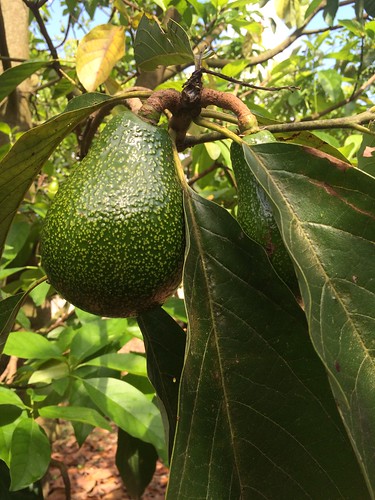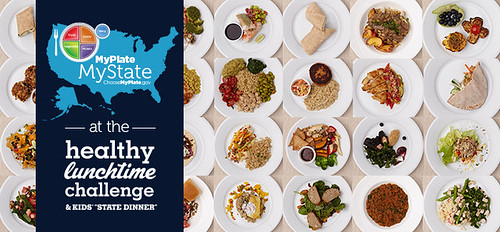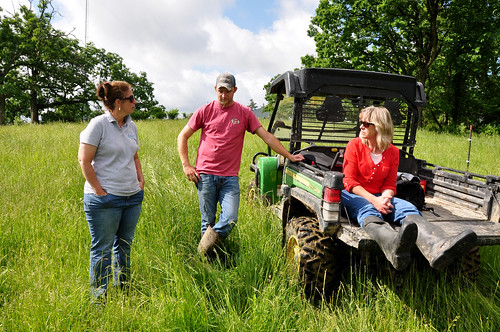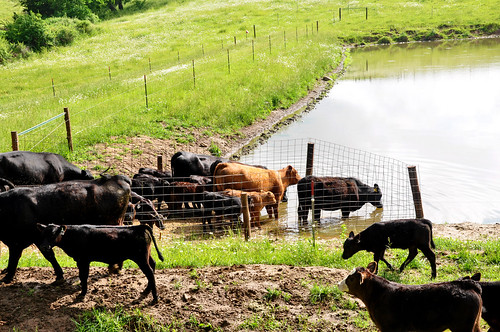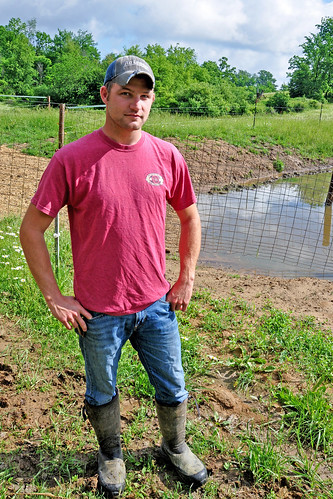By Lindsay Seventko, Communications Intern
Last week, the 91st annual Chincoteague Pony Swim continued its tradition of rounding up the wild Assateague Island horses and corralling them across the southern channel to Chincoteague. Tens of thousands of people gathered to watch the eighth of a mile swim led by the “Saltwater Cowboy” volunteers who push the ponies into the water and then down a triumphant march on Main Street to be auctioned. While horse enthusiasts and Misty fans clamor for the chance to touch a mane, hear a whinny or buy a wild foal of their own, some pony enthusiasts are paying for foals to remain wild. These “buyback” ponies are often the highest grossing sales of the auction, with individuals donating their cost to keep the next generation of Assateague horses wild, out on the barrier island. But, will these generous purchases be enough to keep the herd wild?
Assateague Island is one of very few east coast barrier islands that remain protected from development, offering an incredible number of diverse maritime ecosystems within only 37 miles of coastline. On the interior of the island, loblolly pines tower over the wax myrtle that feed tree swallows and myrtle warblers with their bright berries. Oak, holly, cedar and red maple offer shade and shelter for the ponies within the forest, but also protect Sika deer, a diminutive elk species. The maritime forest and surrounding salt marshes shelter tens of thousands of migratory birds on their biannual journeys, while coastal estuaries provide ideal breeding grounds for aquatic species like the blue crab and flounder.
The uniqueness of this area’s habitats inspired the island’s protection as a National Seashore in 1965, but the National Park Service (NPS) may not be able to save this incredible island, nor the generous “buyback” donors succeed in keeping the Chincoteague ponies wild as the escalating effects of climate change threaten to quickly change the landscape. NPS estimates that within 25 years, the island will experience higher temperatures, more extreme weather and sea level rise of up to nine inches. These changes could rapidly increase movement and rollover to the west, and if they occur too quickly, break the island into pieces or drown it completely.
While NPS has made significant efforts to adapt, protect and restore the island, the fact remains that Assateague is changing, and historic habitats may be lost. If you haven’t yet had the chance to visit and walk through the forest on sandy soil to find a herd of ponies snacking on persimmons or to watch flocks of waterfowl take flight in formation, now is the time to see and appreciate the wildness of the rapidly changing island.





